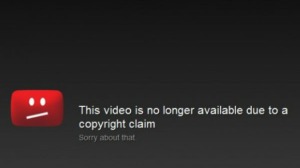Women weren’t always an active part of society. This was because they were expected to commit to their domestic jobs in the household. Even more, women were non-existent online. Things started to change, both in society and online. As women started to take a more active role, they were still discriminated against. For example- Dr. Adrianna Wadewitz was an American feminist and Wikipedian created an anonymous account where she would edit pages on Wikipedia. While anonymous and no one knew her gender, no on really had any comments on her way of writing or what she wrote. When she revealed her identity and was known as ‘Adrianne Wadewitz’ people started to change their prior views of her writing. Things like “you can’t be a women or you don’t write like a women,” and suddenly no one was taking her arguments seriously.
In modern day society when women are still being targeted and bullied. It seems that’s nothing is changing and that is horrific. There are places where women can share past experiences and know that they aren’t alone. There is the #mencallmethings hash tag where women shared the horrible things that have been said to them. Take Charlotte Dawson for example, she was bullied on Twitter, people telling her to kill herself and other outrageous comments. It is this sort of abuse that keeps women in hiding and can ultimately cause suicide.
Women aren’t going to stand for this any more. Look at the campaign started on Facebook ‘Destroy the Joint.’ The page itself says it’s for “people who are sick of the sexism dished out to women in Australia.” It stands for gender equality and civil discourse in Australia. Looking at the page, it discusses examples where women are either facing sexism or inequality, which has slightly become one in the same. One recent post is where a high school girl was asked to leave prom because so her “dress wouldn’t lead boys to think to impure thoughts.”
Women are fighting, and men are joining in who find this unacceptable, maybe it really is time for some change…a change that sticks.
Reference:
Dreher, T 2014, ‘#mencallmethings: Identity and difference online,’ BCM112, University of Wollongong, Wollongong, May 13.

